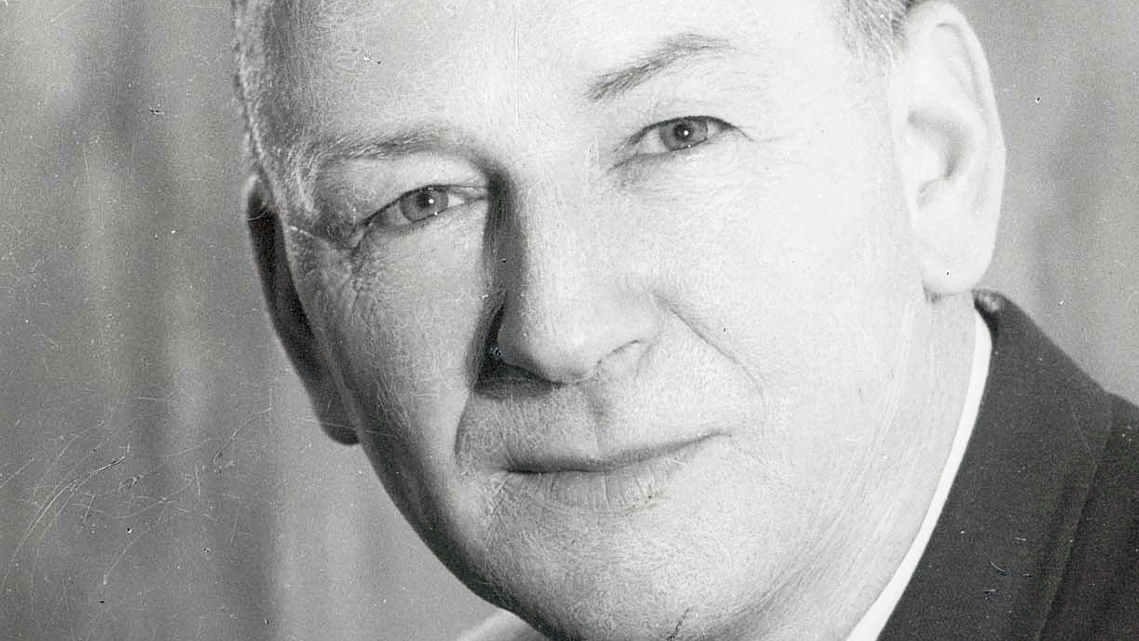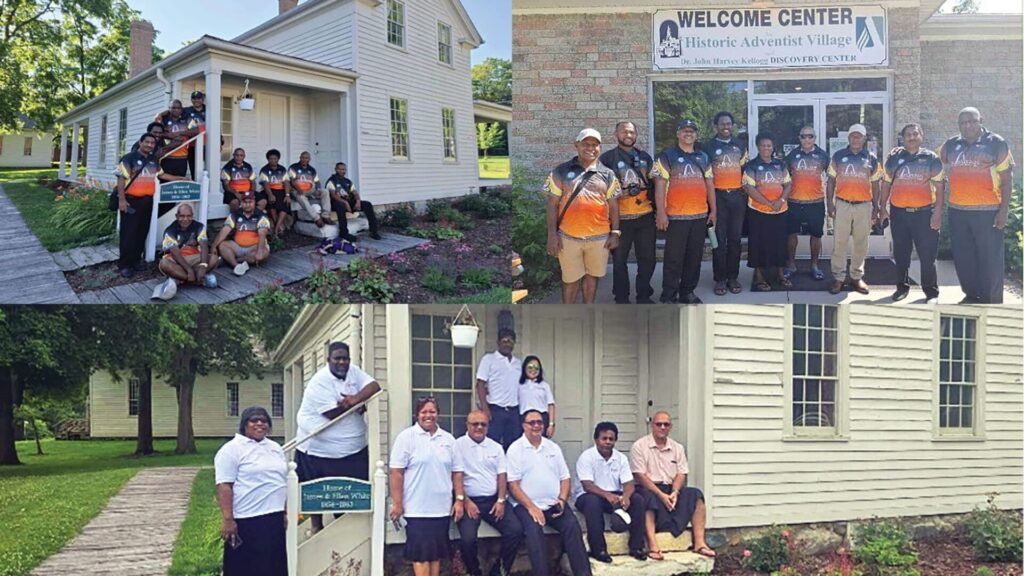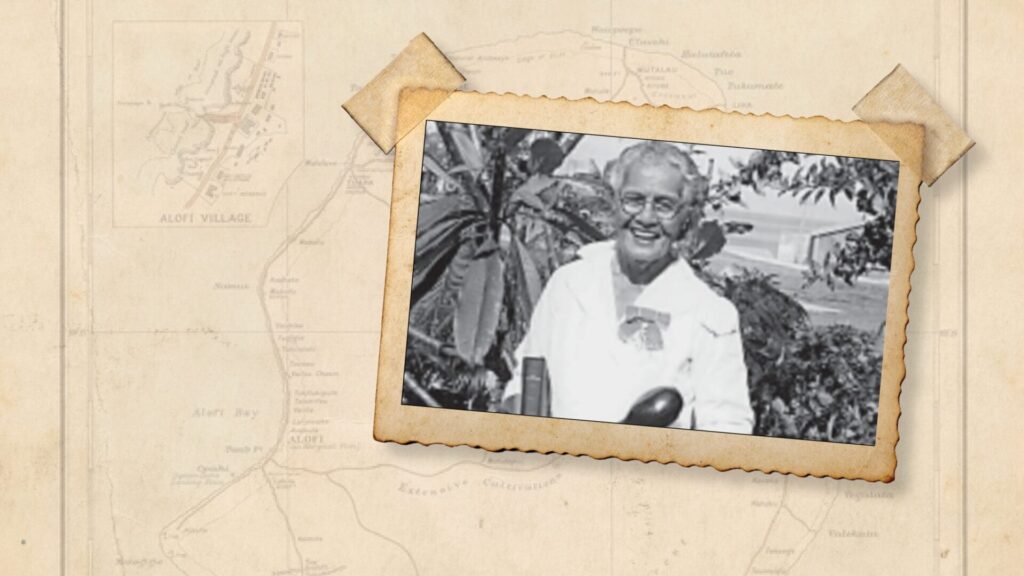George Burnside, the most successful evangelist of his time, was born in 1908 in Christchurch, New Zealand. Working as a carpenter after school, he was encouraged to attend Pastor J W Kent’s prophecy meetings. George attended, hoping to prove the speaker wrong. But in time he came to accept the Adventist message and, with his family, joined the Church. He was just 17.
At the end of George’s second year at Longburn Adventist College (LAC) in 1929, George became a colporteur. It was a tough experience, trudging through heavy rain and snow too deep to ride his bicycle—sleeping in sheds, eating boiled wheat. This developed in him the rugged determination to follow God faithfully that characterised his later life. He returned to LAC in 1931 and then spent two years at Avondale College, Australia, training for the ministry. However, George didn’t graduate. Some required courses didn’t interest him, so he chose others that he thought would be more valuable in field work.
George spent 1935 as a colporteur in NSW before being appointed to ministerial work in the Maryborough area of Queensland in 1936.
George had met Sheillah Lewin at LAC and on his appointment to field work in Queensland, they agreed to marry. She sailed to Australia and journeyed alone to Maryborough. They married on February 3, 1936 and spent their honeymoon at Hervey Bay—not relaxing on the beach but running their first evangelistic campaign, resulting in the establishment of Hervey Bay church.
From then until the end of 1953, George was an evangelist in Queensland, North and South NZ, South Australia and NSW. He was ordained in 1940. Then daughter Lorelley joined the family.
In 1946, George attended seminary training in the United States and travelled in Europe, before returning to evangelism in New Zealand. By this time he had become the leading evangelist in the South Pacific. After a particularly successful mission campaign in Christchurch, George and his family returned to Australia in 1950 and ran another successful campaign in the Adelaide Town Hall.
The following year a campaign in the city of Newcastle was particularly challenging. Twice the tent was blown down but 150 souls were won. In 1953, campaigns were run in Brisbane followed by one in Sydney Town Hall in 1954 where “opposition was intense” and the press “gave him enormous adverse publicity”. He was gratified to find the hall packed for the initial meetings by people who wanted to hear this colourful character they had heard and read so much about. And souls were won.
In 1955, George became the speaker for the Voice of Prophecy radio ministry, broadcasting on 60 stations across Australia. As a result, he started running shorter, three-week mission campaigns and these too proved successful. For a campaign in Perth, held in a “huge tent”, George was the speaker each evening while he spent the days training local pastors in evangelism. Being the Voice of Prophecy speaker he was able to make vinyl records of his sermons for distribution to pastors and lay evangelists alike.
In 1957, George was elected ministerial secretary for what is now the South Pacific Division. He continued in that role for 14 years. This gave him the opportunity to train young pastors in the South Pacific island nations, with thousands won to the Lord as a consequence. At the same time, George was very busy running three-week evangelistic campaigns across Australia and NZ. He was always a speaker in demand.
George spent one year as the lay activities director for the Greater Sydney Conference before completing 40 years of denominational service. In retirement, George continued to preach and many, particularly young people, would crowd into his home on Sabbath afternoons—meetings that encouraged some to train for ministry.
In some ways his retirement years were difficult. He became concerned with changes in the Church—teachings he considered error—and was reluctant to accept advice from fellow clergy who did not share his concerns and advised him to take a lower profile.
Old and full of years, he conducted his last evangelistic campaign in 1989. Speaking in the divine service every second Sabbath, he still energised the congregation. But becoming increasingly frail, George had to sit for the final presentations. He died on March 20, 1994.
George’s evangelistic campaigns are estimated to have won more than 4000 souls for the Lord, making him the South Pacific’s most successful evangelist at that time.
Lester Devine is director emeritus at the Ellen G White/Adventist Research Centre.






